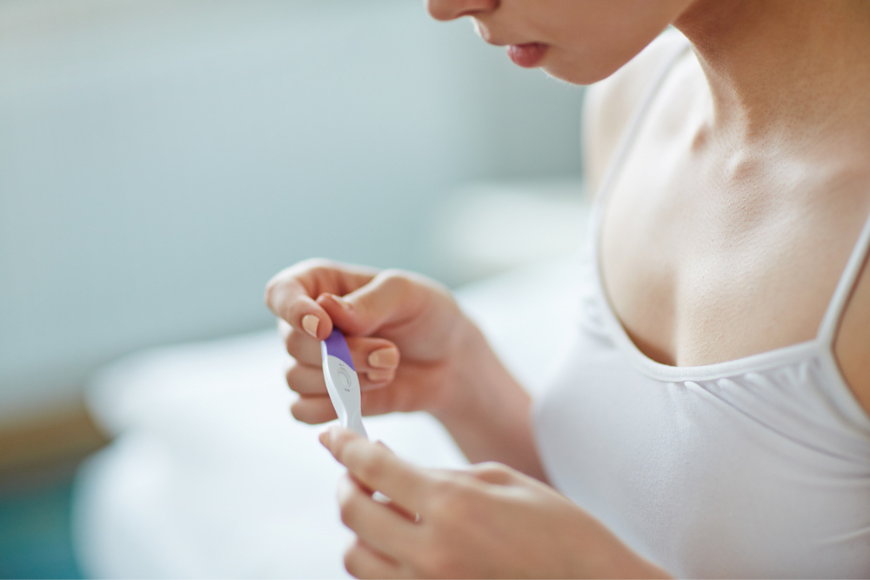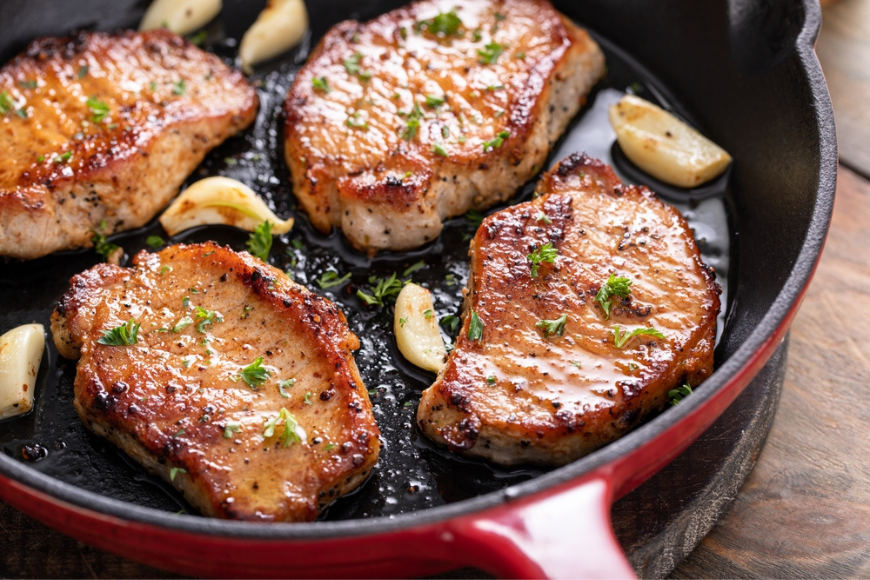According to health buffs, the water from trendy desert plants can help us to stay young and beautiful for longer
23 October 2018
| Last updated on 13 November 2018
All credits: PA
The cult of infused waters has been pretty big business in recent years.
First, we all smugly chugged on coconut water, and then we discovered the low-calorie benefits of tapping our drinks directly from trees instead, with the likes of maple tree sap and birch water catching on with stressed-out city workers.
But now there’s a new superdrink on the scene that health nuts are going wild for, and it’s definitely one of the weirdest yet: Cactus water.
Not just cute additions to your windowsill or Instagram feed, the low-maintenance house plants seemingly have some pretty amazing benefits for mind and body too.
Stay ahead of the curve with our guide to everything you need to know about this season’s hottest hydrator…
First off, it doesn’t taste like a plant
Maybe it’s the rubbery texture or the prickly spikes, but the idea of sipping on a cactus doesn’t sound too appealing.
Thankfully, cactus water is actually made from the fruit the plants bear, not the plant itself, and it’s for this reason is smooth. It also tastes surprisingly light and sweet.
It seems strange that cacti could be such a source of hydration, since they tend to prefer desert-like conditions, but because they’re found in arid environments, they’re capable of storing lots of water to survive.
SEE ALSO: Liver cancer is on the rise in the UAE
Don’t go thinking you can throw any old potted cactus from your local garden centre in your NutriBullet though. Cactus water is made specifically from the nopal or ‘prickly pear’ cactus, a flat and wide species native to Mexico.
The plant, which bears a juicy red fruit, is a big deal in Mexican cuisine, where it’s regularly scrambled up in breakfast eggs and stirred into taco fillings. Bottled cactus water is already popular there, as well as in the Middle East and America. In the UAE, brands like CALIWATAER offer cactus water as part of their range.
If the taste isn’t for you though, people are slathering it on their skin too
If you’re reading this and thinking, ‘You’ve gone too far this time’, there are ways you can tap into the trend without having to wince your way through a cactus shot every morning.
SEE ALSO: Dubai Prisons to help inmates improve their lives with yoga
Applied topically, our prickly pals can work wonders on the ol’ visage too. This is because they’re packed with high levels of essential fatty acids like vitamin E and flavonoids, that can nourish skin and soothe inflammation.
Try Tata Harper’s cult Purifying Mask (AED 280, cultbeauty.co.uk), which is infused with prickly pear seed oil, followed up with a layer of Becca’s First Light Skin Priming Filter (AED 133, spacenk.co.uk), which uses prickly pear flower extract to keep skin looking dewy during the winter months.




.png?itok=HBSyMDok)









































































.png)


























.png?itok=0fOAXkOm)

























.png?itok=EH_x0Pha)
